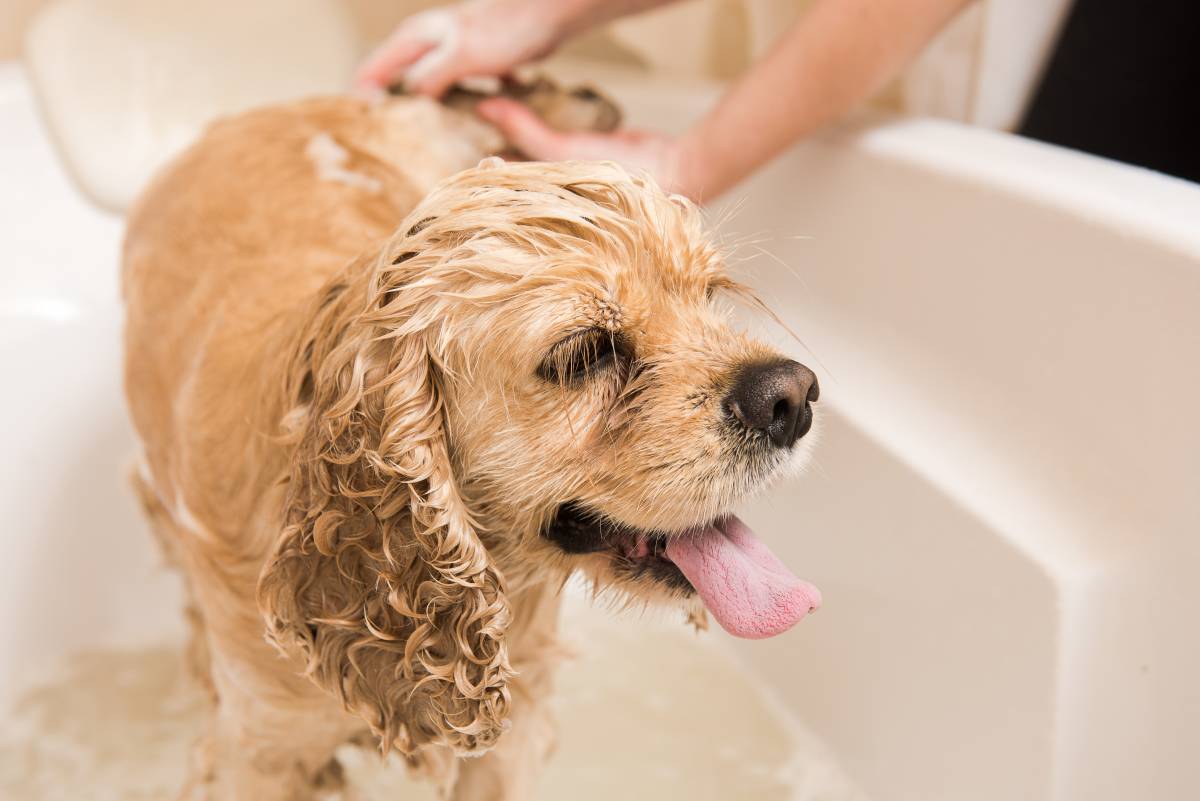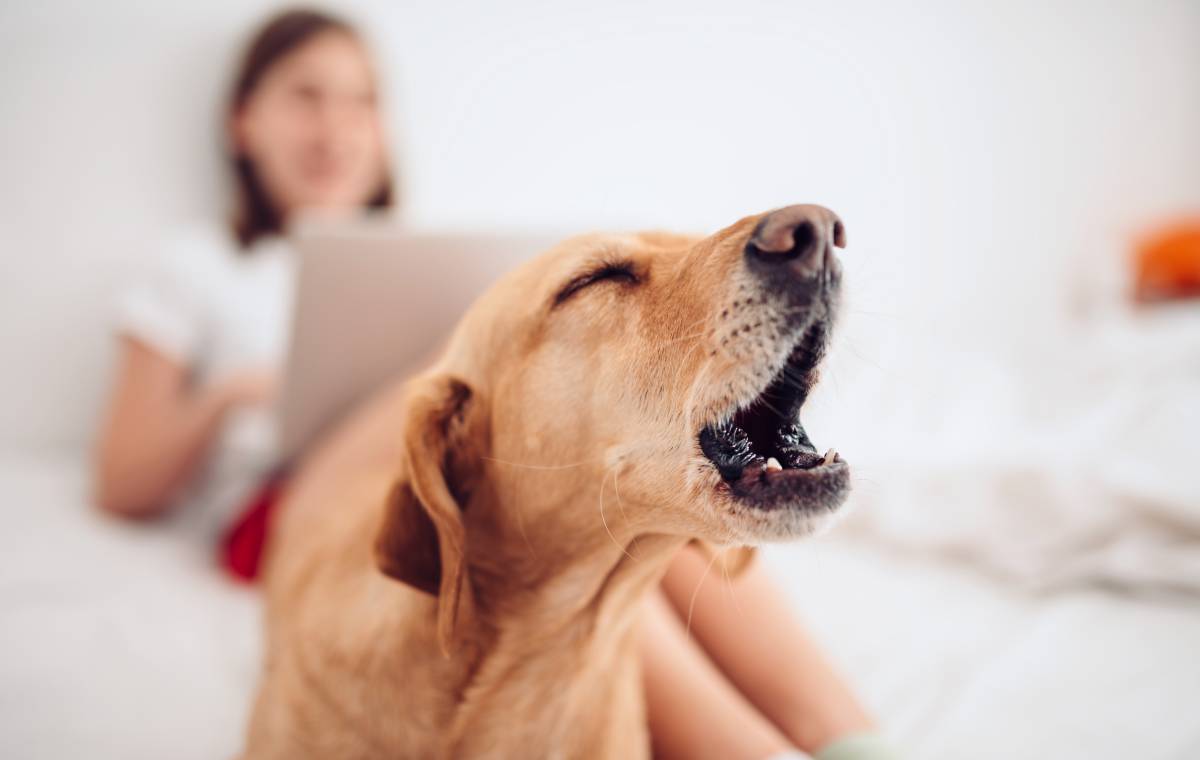
How often should you wash your dog
Need help washing your dog? Learn from local dog groomers in our community!
Get dog wash quotes todayLast Updated on
As a dog owner, keeping your pet clean and smelling fresh is probably a top priority for you. But you may wonder: exactly how often should you wash your dog?
The reality is, the answer varies depending on a number of factors, including:
Breed and coat
Dog’s health
Home environment
Lifestyle
Use this handy guide to help you decide how frequently to wash your pet. This article explores the above criteria, followed by dog washing tips and FAQs. Get the basics on how to determine when your dog needs to be washed, how to make washing your dog easier, and when it might be wiser to hire a dog washer for professional help.
What's your dog's breed and fur type?
If your dog has a long coat that attracts dirt, you may need to wash your dog frequently. That doesn’t necessarily mean a full shampoo but your dog may need to be hosed down and gently washed to keep dirt and other substances from working their way to the skin and to keep your home clean.
Some dogs also produce more oils than others. Whilst those oils are meant to offer natural protection to your dog’s skin, sometimes they can attract dirt or sit on the skin for too long. If your dog starts to give off an unpleasant smell, that’s a sign it’s time for a bath. You may notice this every couple of months or more. Many pet owners also find the change of seasons to be a good time to think about giving the dog a bath.
Does your dog have skin allergies and health issues?
Your dog may have health issues that require more frequent bathing. This is typically the case with allergies and skin problems. Talk to your vet to learn how often you should wash your dog in this instance, but be aware that regular mild washing with calming products may help with itching, self-biting, and hot spots.
Does your dog live indoors or outdoors?
Does your dog live outdoors? You may think that gives you a break because without your dog traipsing dirt into the house, you don’t have to bathe it as often. But if your dog is exposed to manure around the stables or pond algae, for example, you may need to offer washing just as frequently as if the dog lived indoors.
What's your dog's lifestyle?

Even inside dogs need frequent washing if they go to the beach regularly or if they play in the mud. Consider giving your dog either a good wash or a full shampoo if:
The dog swims in the ocean.
Your dog plays in your chlorinated swimming pool.
There is mud, sand, or garden dirt clinging to the coat after play.
Your dog is a working dog that could possibly be exposed to hazards like chemicals or toxic substances.
Tips on washing your dog
1. Get everything ready in advance
Have you ever started washing your dog and then realised you didn’t have all the supplies you needed? There’s nothing less fun than trying to deal with a wet dog when you have to leave the room to get a bottle of shampoo. Keep your dog washing supplies next to wherever you wash your dog so you’ll always have everything ready. This includes shampoo, a scrubbing cloth or sponge, and towels.
2. Do a light grooming first
Before washing your dog, do any grooming necessary to remove foreign matter from the coat. Check for things like burrs and seeds that may be stuck to the hair, and remove them with your fingers or a comb. If your dog is very small or fine-haired, sometimes cat grooming tools work better. Insider tip: a great place to find grooming supplies for larger breeds is at the horse tack shop.
Whilst you can do more physical checking of your dog for any lumps or bumps once a shampoo is underway, the grooming step is an ideal time to check for and remove insects that may have hitched a ride on your pet.
3. Make the experience as stress-free as possible
Although some dogs love being bathed, others find it less than fun.
Try to be as casual as you can about the whole process to keep your dog calm. If you can, do it in the same location every time; this will help.
Enlist a partner to help you. One of you can hold the dog still whilst the other does the washing. Two is better for lifting also.
As efficiently as you can, thoroughly wet your dog and then apply a small amount of shampoo, working it to a lather, like washing your own hair. Then, rinse your dog and commence with drying.
Avoid getting soap in your dog’s eyes. Dogs that don’t like getting their heads wet can have their faces and ears wiped with a wet washcloth.
4. Check Your Water Temperature
Whenever possible use warm water, checking it first on your own arm to make sure it’s not too cold or too hot (scalding water from the tap can burn your dog). If you're washing your dog outside and your dog doesn’t like cold water, one option is to fill a trough or bucket with warm water first and use a cup to wet and rinse your dog.
5. Don’t Forget About Drying
Your dog will need drying afterwards. Short-haired dogs usually dry in a jiffy after a light towelling, but long-haired pups may need a hairdryer set on low or time in the sun to dry fully. Avoid bathing your dog on cold, windy days if possible. If you need to use a hairdryer, get your dog used to the sound of it first before bath time.
Dog Washing FAQs
Find dog washers, fast
Find a Dog Washer
Related articles

How to bathe your dog like a groomer
Read more

How often should you wash your dog
Read more

How to groom a dog at home
Read more

How to groom a long-haired dog
Read more

How to become a dog trainer
Read more

5 Cute dog haircuts for long-haired dogs
Read more

4 Steps to crate training a rescue dog
Read more

Dog training 101: How to train your dog
Read more

Tips for training an older dog
Read more

Reactive dog training tips
Read more

Your ultimate guide to dog care
Read more

3 Effective ways to house train a dog
Read more
Related price guides

How much does dog training cost?
Read more

How much does dog day care cost?
Read more

What are average dog sitting prices?
Read more

How much does dog grooming cost?
Read more












